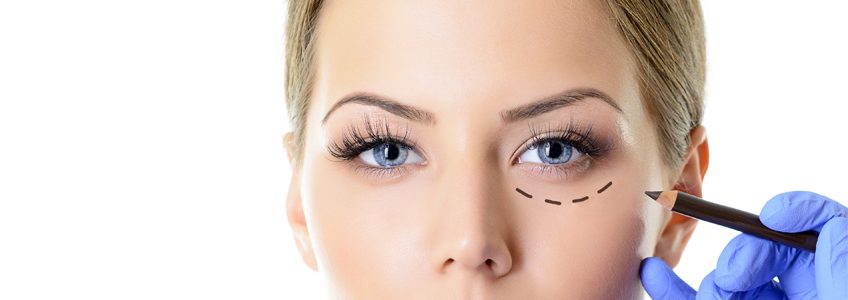Jaw surgery:
Jaw surgery is typically done practical reasons or performance. The reasons are:: How to reform and improve the work of a jaw and teeth bite together.
Most people perform jaw surgery for these reasons, but this surgery also has advantages in terms of aesthetics. Common features of the profile of people with this disease include noses that may appear too large in relation to the face, or chins that are backward or small and "weak".. In this case, jaw surgery to bring forward the bottom of the chin gives more balance to the person's profile and makes the nose look a little smaller and the chin more prominent..
In people whose upper jaw is not developed enough, the nose may be too big compared to the face or the lower jaw may be forward. Moving the upper jaw forward corrects the bite problem and moving the face forward makes the facial features more obvious and noticeable.. In some cases, moving the upper jaw forward can cause the tip of the nose to rise slightly, which is unpleasant for some patients.. Meanwhile, during upper jaw surgery, some people add cheek implants to make the face more defined.
Looking in the mirror and not recognizing the person staring back at you can be very stressful. By performing jaw surgery, we will not immediately see the results of the operation because the face is very swollen after the operation. As the swelling subsides, the new face begins to appear with subtle or major changes. Most of the time, people are satisfied with the beauty of surgery results, but in some cases, they are not satisfied with the change in their appearance.
Dr Behnam khorami









